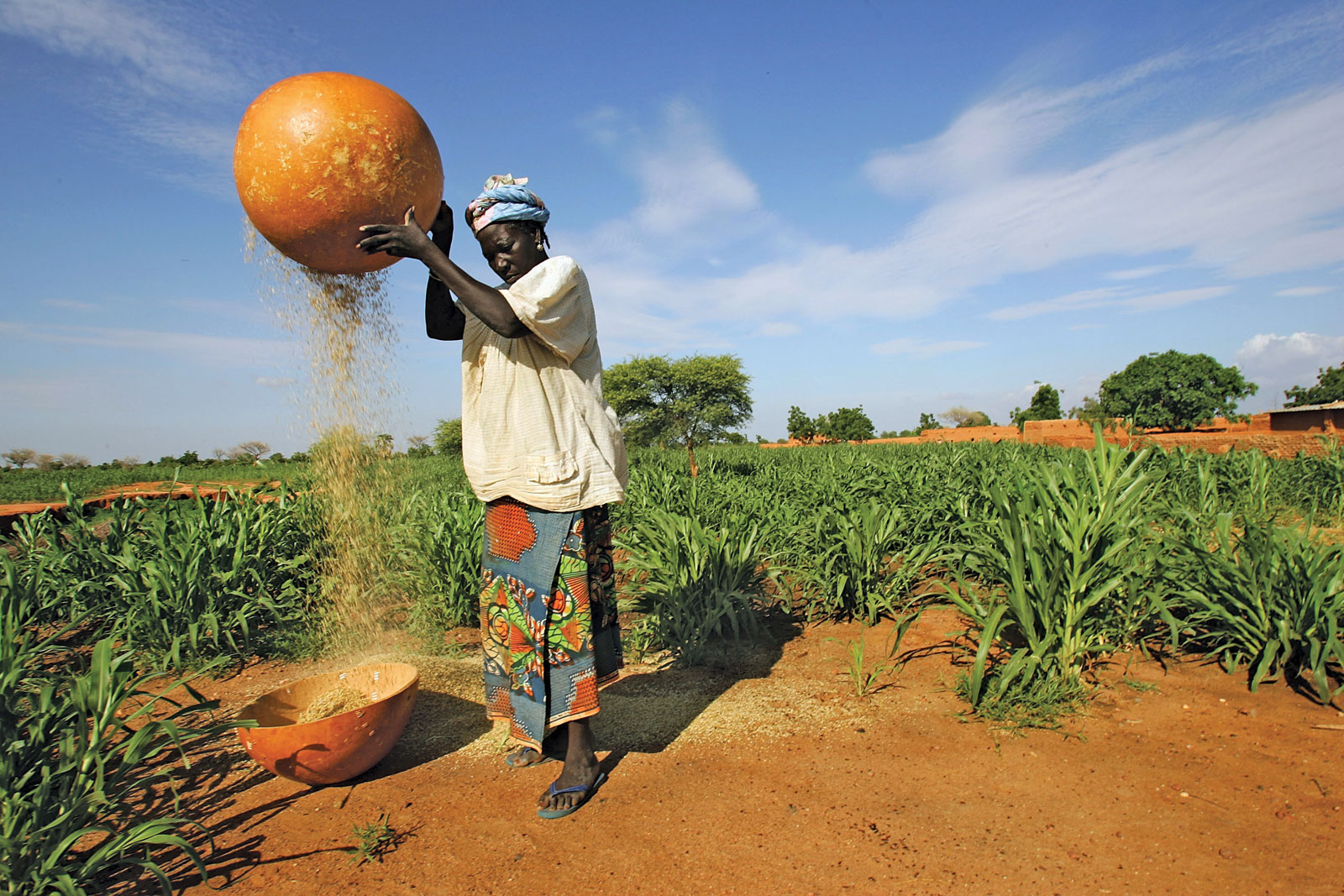On October 16th the international community celebrates World Food Day, held by the Food and Agriculture Organization of the United Nations. This initiative is the second of the 17 United Nations Sustainable Development Goals for 2030.
Use the following resources and activities to help your students critically engage with and discuss in-depth the prevalent issues of hunger, food shortages and waste.
A #ZeroHunger World by 2030 is Possible
We might not realise it, but hunger remains an intensely relevant issue in today’s world. In 2018 world hunger is once again on the rise, fuelled by extreme weather events linked to pollution and climate change, economic slowdown and growing obesity levels. According to the latest FAO 2018 State of Food Security and Nutrition in the World report, in 2017, the number of undernourished people is estimated to have reached 821 million – more than 30 times the total population of Australia, or around one person out of every nine in the world.
This means that the ongoing global effort to achieve Zero Hunger, where everyone, everywhere, has access to safe, healthy and nutritious food, has become even more pertinent.
Facts About Hunger
- Over 800 million people suffer from hunger, even though the world produces enough food to feed everyone.
- An additional 2 billion people are projected to be undernourished by 2050 (United Nations, 2018)
- 70 per cent of the world’s extreme poor live in rural areas. Many of them depend on agriculture as their livelihood. (FAO, 2017)
- Malnutrition is linked to around 45 per cent of infant deaths. (FAO, 2017)
- Close to 151 million children under the age of five are still affected by stunting. (United Nations, 2018)
- Malnutrition costs the global economy the equivalent of USD 3.5 trillion per year. (FAO, 2017)
- Up to one third of all food produced globally is lost or wasted, every year. (United Nations, 2018)
Source:
Goal 2: Zero Hunger: United Nations Sustainable Development web page, last accessed 12 October 2018
WFD 2017 – Food and Agricultural Organization of the United Nations web page, last accessed 12 October 2018
Zero In on Hunger: Classroom Activities
Read the Britannica article Poverty and consider the following:
- Why are hundreds of millions of people hungry, how does this happen?
- Where do hunger and malnutrition come from?
- What causes hunger and how can we fight it?
Discussion Guide
Natural disasters, pollution and obesity contribute to the fact that in 2016, 38 million more people suffered from hunger than in 2015 (FAO report).
Pollution causes an increase in extreme weather events – such as floods, tropical storms and long periods of drought which in turn affects farmers, fishermen, pastoralists and forest dwellers and results in loss of food production.
Overeating and reckless consumption of unhealthy junk food are a big part of the hunger problem causing an increased number of deaths every year. 1.9 Billion people, more than a quarter of the world’s population, are overweight. (FAO, 2017)
Some of the United Nations actions for Zero Hunger include:
Avoid food waste
- Buy and eat only what is necessary
- Buy “ugly” fruit and vegetables
- Say NO to useless plastic packaging
- Love leftovers!
Eat healthy food
- Identify unhealthy ingredients on food labels
- Eat more fresh fruit, raw vegetables, nuts or whole grain bread.
Take care with water
- Fix leaks
- Use rain or “grey” water for your garden
- Take quick showers instead of baths
- Turn off the tap while brushing your teeth
Keep the ground and water clean
- Don’t drop litter
- Pick up rubbish dumped irresponsibly
- Choose household cleaners, paints and other products that do not contain bleach or other strong chemicals
Deep Dive: Other Activities
- Draw your own Zero Hunger mascot.
- Can you think of another Zero Hunger action? Describe it.
- Create a poster to illustrate Zero Hunger by 2030.
- Design the ultimate meal! When eaten the person would feel full, healthy and satisfied. Use the Britannica School article on Nutrition to help your planning or learn more about healthy eating on the Nutrition Australia website.
- Write a letter to your school principal convincing them that your “ultimate meal” should be a menu option at the canteen one day.
Information and activity ideas adapted from:
Food and Agriculture Organization of the United Nations website, last accessed 12 October 2018.
©FAO 2018
More Educator Resources
Sign up with your email for more free resources from Britannica.
These activities and resources have been created using content from Britannica School, the go-to site for safe, comprehensive student research. Contact your librarian to find out if your institution already has access. Find out more about Britannica School or set up your own free trial.

